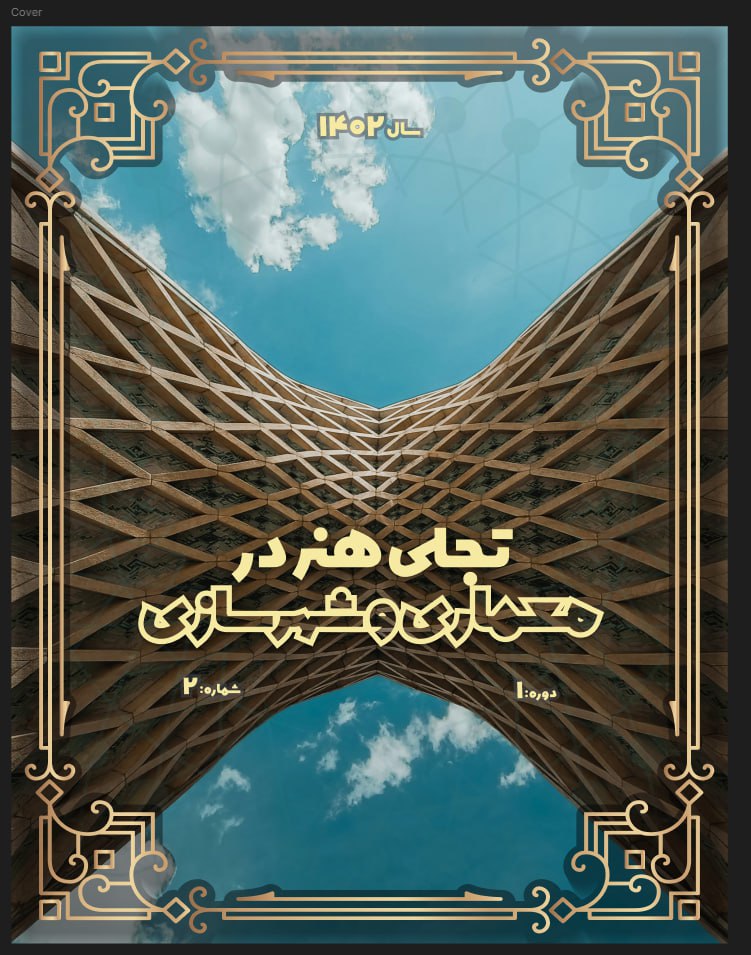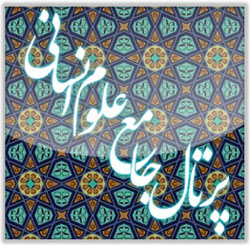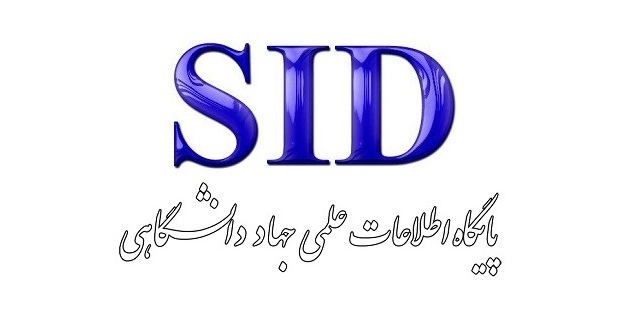Comparative Study of Identifying Factors Influencing the Enhancement of Environmental Quality in Urban Neighborhoods with Emphasis on Place Identity from the Perspective of Citizens and Design Engineers (Case Study: Qasr al-Dasht Neighborhood, Shiraz)
Keywords:
Environmental Quality, Spatial Identity,, Design Engineers, Neighborhood, CitizensAbstract
Today, the issue of quality has become one of the emerging discussions in contemporary architecture and urban planning. Place identity and the application of its components lead to the enhancement of urban environmental quality. Therefore, assessing the qualitative status of these environments—including urban neighborhoods—and evaluating the level of satisfaction and use of these spaces, as well as efforts to strengthen the social interactions of all stakeholders in such urban environments, is essential. The purpose of this research is a comparative study aimed at identifying the factors influencing the enhancement of environmental quality in urban neighborhoods, with emphasis on place identity, from the perspectives of both citizens and design engineers. The selected area for this study is the Qasr al-Dasht neighborhood in the city of Shiraz, which is one of the old neighborhoods located in Shiraz. Urban planners believe that environmental and spatial quality is a key concept in regional and social planning and is associated with concepts such as quality of life, diversity of social spaces, physical characteristics, activities, spatial attachments, and urban identity. Understanding the relationship between humans and place is an essential requirement for comprehending place identity and its elements, and for improving urban environmental quality through its components. In this article, based on definitions, concepts, and criteria of environmental quality, and considering the stages of place identity formation, effective indicators of spatial quality were collected. Finally, these indicators were refined and localized according to the aims of the research. Based on the conducted studies in the selected area, the criteria were classified into three general categories: physical factors, activity-related factors, and semantic factors. Regarding semantic factors, it was observed that the criterion of wayfinding had the greatest influence, from the respondents’ perspective, on the enhancement of environmental quality. Concerning activity-related factors, the presence of life and activity in the neighborhood after sunset was reported as having the most significant impact on environmental quality. Regarding physical and structural factors, physical connectivity was identified as having the greatest effect on improving environmental quality. The statistical population of the study consists of 306 residents of residential units in the Qasr al-Dasht neighborhood of Shiraz and 30 design engineers, all selected through simple random sampling. For analyzing the questionnaire data, SPSS statistical software was used, and the Friedman test was applied to rank and determine the importance of the criteria influencing neighborhood quality enhancement.
Downloads
References
1. Shabani MM, Mansouri SA, Barati N. Employing Local Components of Place to Increase Social Interactions in the Navab Residential Complex. Journal of Bagh-e Nazar. 2024;21(130).
2. Nasr T. The Role of "Urban Signs" in Analyzing the Components of "Identity" and "Culture" in the Image of the Iranian City (Case Study: The Cityscape of Shiraz). Journal of Urban Identity. 2017;11(29).
3. Sarmadi N, Sameh R. A Comparative Analysis and Evaluation of Architectural Graduate Curricula in American Universities. Journal of Bagh-e Nazar. 2024;21(131).
4. Goodnight C, Jeitner E. Sending out an SOS: being mindful of students need for quiet study spaces The Future of Library Space (Advances in Library Administration and Organization, V. 36). Bingley: Emerald Group Publishing Limited; 2016.
5. Nasr T. The Necessity of Attending to the Place of Islamic Wisdom in Urban Planning and Architecture for the Future of the Islamic-Iranian Progress Model Document. Quarterly Journal of Regional Planning. 2022;12(46).
6. Fink SB, editor Academic library safety and security administrators and staff need to be on the lookout. Brick & Click Libraries Conference Proceedings; 2017.
7. Araujo de Oliveira Vm. The study of urban form: different approaches. urban morphology. 6: Springer; 2020. p. 967-82.
8. Bagheri M, Talischi G, Moeini SM. Determining the Criteria for Judging the Design of Public Buildings in Government Offices. Journal of Bagh-e Nazar. 2024;21(131).
9. Bahrami F. The Impact of Institutional Factors on the Use of Blended Learning by Faculty Members. Journal of Educational Technology. 2023;17(3).
10. Nasr T. Explaining the Components of the Physical Identity of the Traditional Iranian City. Armanshahr Architecture and Urban Planning. 2017;10(21).
11. Alhindi S. Current teaching methods used for english language teaching in upper elementary school and the preferred ones for the lower grades. Education and Linguistics Research. 2021;7(1):35-52.
12. Amraei B. A Methodological Comparison of Product Design and Architectural Design Processes. Journal of Bagh-e Nazar. 2023;20(102).
13. Bernard J, Bocher E, Petit G, Paloinos S. Sky view factor calculation in urban context: computational performance and accuracy analysis of two open and free GIS tools. Journal of Climate. 2018;6(3):60.
Downloads
Published
Submitted
Revised
Accepted
Issue
Section
License
Copyright (c) 2025 Mohammadreza Beyzavi, Tahereh Nasr, Hadi Keshmiri (Author)

This work is licensed under a Creative Commons Attribution-NonCommercial 4.0 International License.









